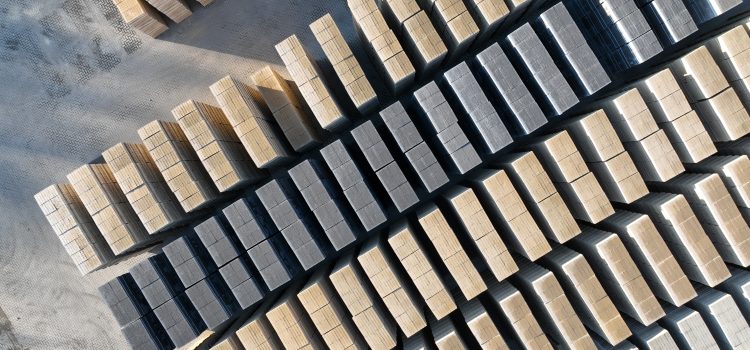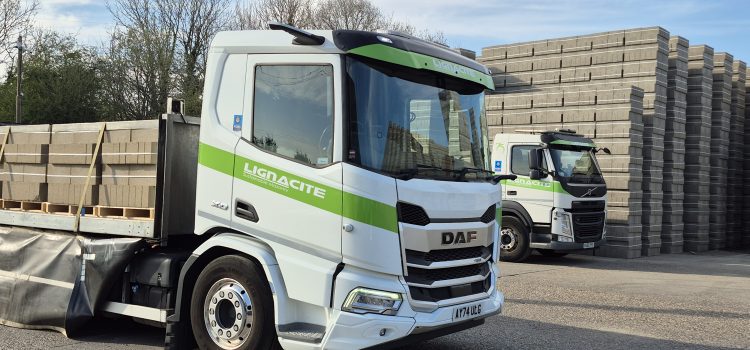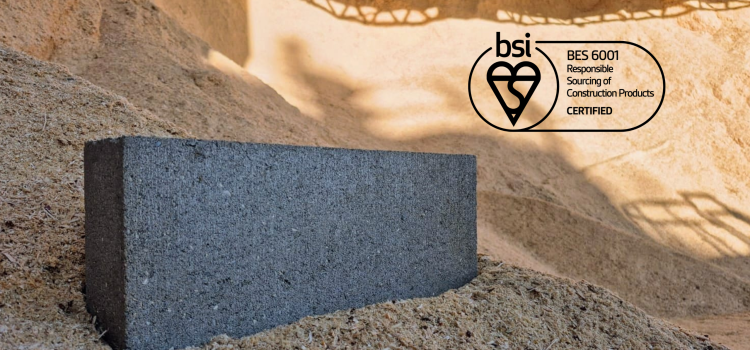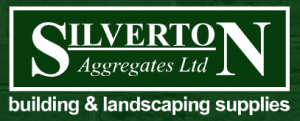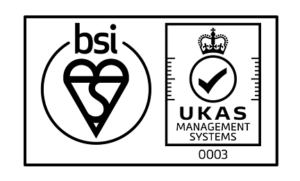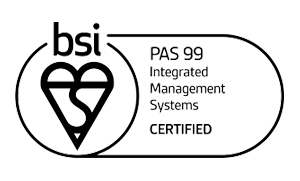Articles
Concrete blocks and water resistance: everything you need to know
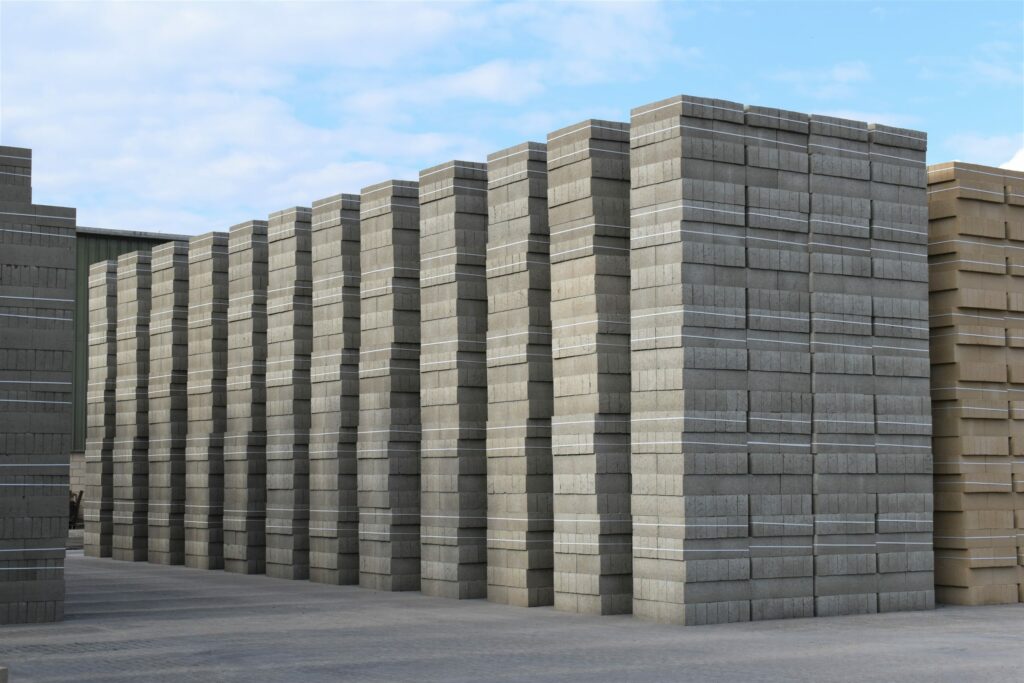
Posted by Lignacite
When it comes to construction in the UK, one of the key considerations for architects and specifiers is how well concrete blocks withstand exposure to water. Understanding this is essential for ensuring durability and avoiding expensive future repairs.
This article outlines how water interacts with concrete blocks, the risks of water damage and practical ways to protect your project. From choosing the most water resistant block types to managing moisture effectively, you’ll find guidance to help you make informed choices.
Are concrete blocks water resistant?
As a building material, concrete blocks are some of the strongest and most durable. However, while concrete blocks offer water resistance, they are not completely waterproof. The way they’re made means they have voids within their structure, which makes them porous. As such they can absorb moisture.
It’s also important to mention that not all blocks are created equal. Different types of concrete blocks have different water permeability qualities. Dense concrete blocks have very low water absorption because their structure isn’t so porous.
How resistant concrete is to water?
While standard concrete blocks provide some protection against water, they can allow water to pass through under certain conditions. This occurs because of capillary action, where water moves through the tiny pores in the concrete blocks.
The level of water resistance depends on several factors, including the block type, composition and the type of construction in which they are used, for example, a cavity or single-leaf wall. In cavity walls, the intervening gap of 50mm acts as a very effective drain for any moisture that penetrates the outer leaf.
All types of aggregate concrete blocks can provide good resistance to the ingress of moisture and blocks of 7.3N/mm2compressive strength are deemed to be moisture and frost-resistant in all locations, including below the damp-proof course.
On the rare occasions where excessive moisture passes through a wall, it is often diagnosed as a result of poorly filled mortar joints, or joints that have not been adequately tooled. Tooling is the simple process of compressing the mortar joints before they are allowed to harden. This works the mortar tight into the joints, which produces better weather resistance.
How does water affect concrete?
Concrete blocks are highly resistant to moisture and can be used in a range of conditions and provide adequate durability throughout the lifetime of the structure.
During the construction phase, it is recommended practice to protect blocks stored on site from the effects of inclement weather. This practice should also extend to protecting partially complete blockwork from the ingress of moisture as well as the risk of frost damage occurring during low temperatures.
One common moisture-related condition is called efflorescence. This is a white, chalky powder that is deposited on the surface of a concrete block or brick wall. Up close, it may look furry, or like crystals forming on the blocks. This occurs when water penetrates the surface and causes lime to dissolve and start to leach out, where it accumulates on the surface. It is usually a cosmetic issue but one that should be addressed, particularly if any surface finishes are to be applied to the wall.
However, the likelihood of efflorescence occurring will be significantly reduced if attention is paid to protecting blocks and blockwork during construction.
The most water resistant types of concrete blocks
All concrete blocks offer a high degree of resistance to water. Blocks of 7.3N/mm2 compressive strength are deemed the minimum quality to provide adequate resistance to moisture, as well as the risk of freezing.
Blocks of lower compressive strength, such as 3.6N/mm2 can be used in less protected locations. For example, they can be used for interior walls below ground, or external walls above ground if covered by a render of cladding treatment.
However, dense blocks, such as those in the Lignacrete range, are particularly effective. This is due to the use of aggregates that are less porous.
Concrete block thickness can also make a difference in water penetration. For example, in single-leaf external walls, thicker blocks are generally better at resisting moisture because water must travel further to pass through.
Moisture management for concrete blockwork
If water resistance is a concern, for instance in areas exposed to the weather, or where drainage is an issue, specialist advice should be sought to determine the cause. When appropriate, several treatments are available to improve the performance of the walls.
Applying render is one option, with pre-mixed varieties offering consistent quality and built-in colour. In extreme cases, cladding the walls may need to be considered. Bitumen wall coatings are another common choice for protection against moisture.
Water-repellent treatments, sealers and masonry facade creams can also have a role in reducing moisture ingress. These treatments fill the pores on the surface of the concrete masonry units, preventing water from entering and causing it to run off instead.
To ensure the water resistance of any wall, you should ensure that mortar is used according to the manufacturer’s instructions. Poorly applied mortar may deteriorate or crumble, allowing water to penetrate between the concrete blocks.
All is not lost if you start to notice water damage. Efflorescence can often be removed from walls with a dry brush, or with a specialist chemical treatment. Even penetrating damp can be treated in some cases with the aid of desiccants or heat lamps.
Speak to our team
If you’re planning a construction project and want advice on selecting the right concrete blocks, get in touch with our team. We’re here to help you make the best choice for long-lasting, durable results.
